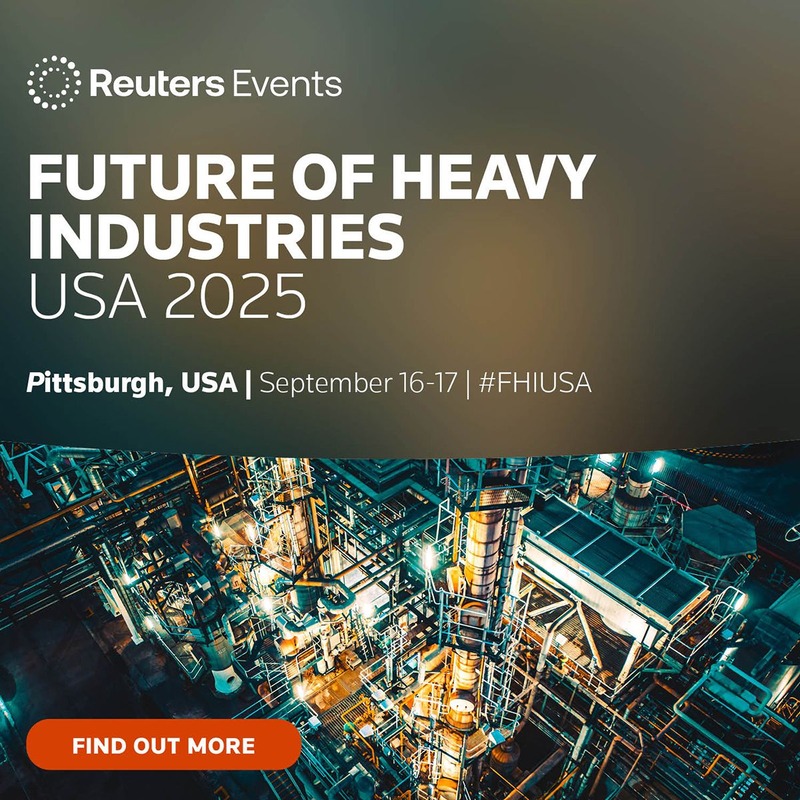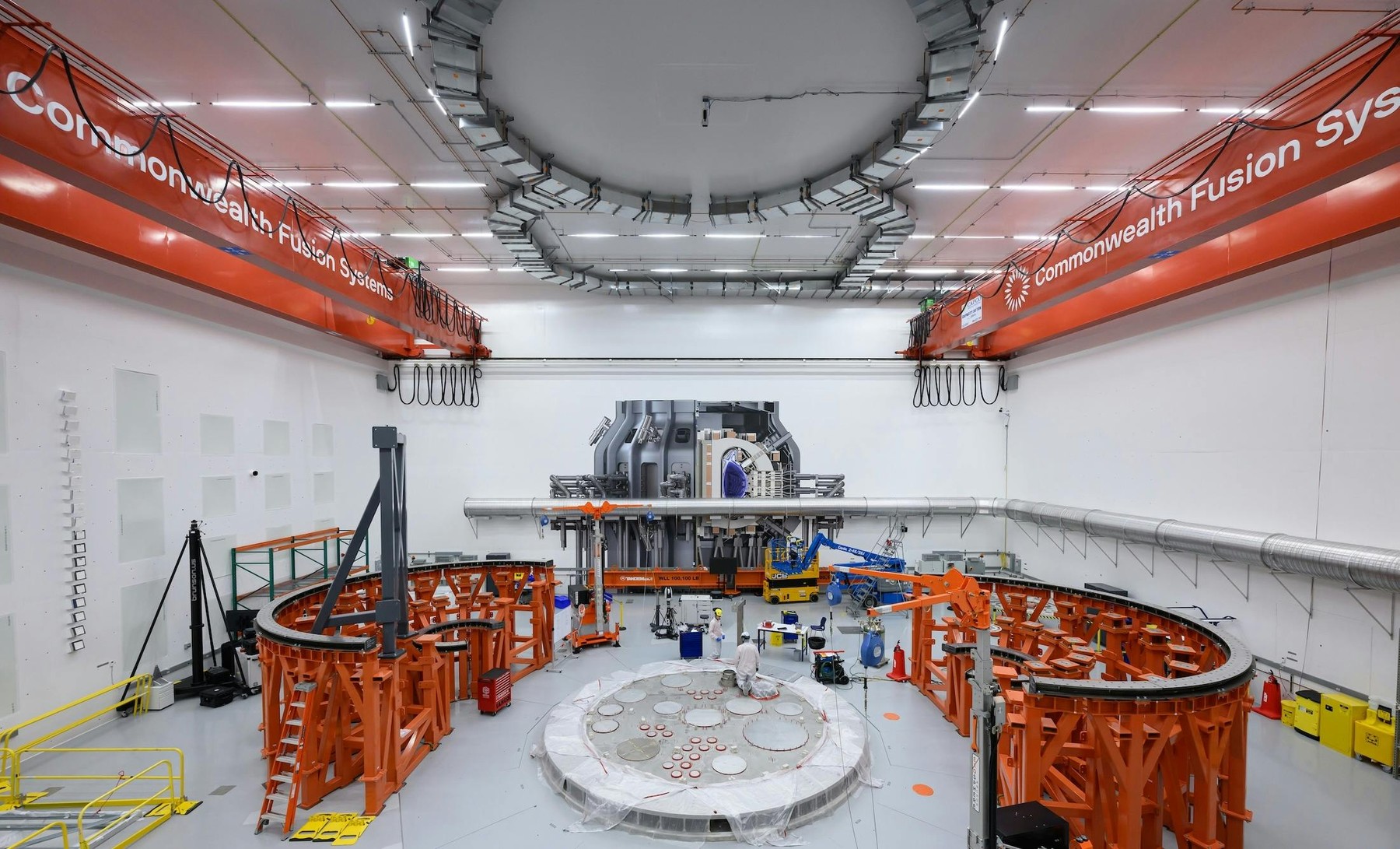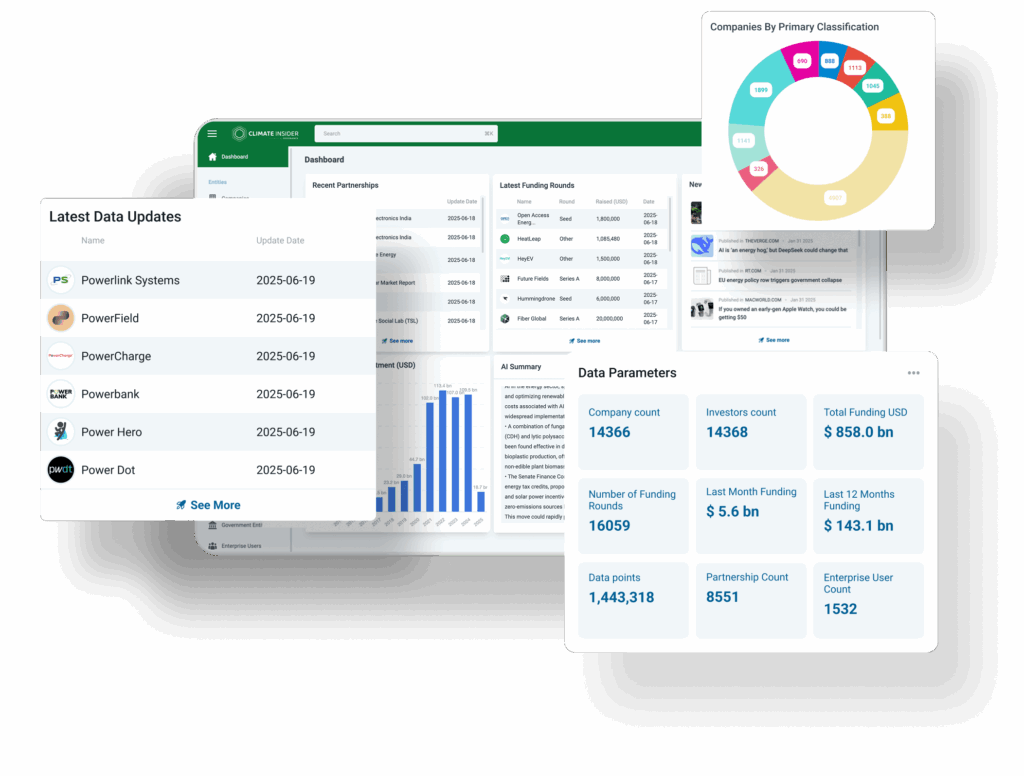Climate Insider Brief
- Roadrunner Venture Studio reports on the potential for transforming carbon dioxide (CO₂) from a harmful pollutant into valuable products like synthetic fuels and specialty chemicals, though significant technological challenges remain due to CO₂’s stability and conversion costs.
- Innovations in synthetic biology, electrochemical synthesis and cheap renewable energy sources are helping to reduce these costs, making high-margin products, such as propylene and synthetic diamonds, more feasible for carbon upcycling compared to simpler chemicals like methane and methanol.
- Roadrunner advocates targeting complex, high-value chemicals as initial markets for renewable carbon products, suggesting that advances in biological and plasma-mediated processes could pave the way for a sustainable carbon economy.
Roadrunner Venture Studio sees promising potential for transforming carbon dioxide (CO₂) from an environmental liability into a profitable asset, but challenges remain.
The deep-tech venture studio offered its assessment, House View: The Carbon Reboot, Building a Market for Carbon Dioxide, to outline a path toward a viable carbon economy, focusing on breakthroughs that could make upcycling CO₂ into products like synthetic fuels and high-value chemicals more practical. The report highlights that although CO₂ is notoriously stable and costly to convert, cheap solar energy and emerging technologies could make the transformation of CO₂ into market-ready products cost-effective.

Carbon Upcycling: An Opportunity and a Challenge
The process of converting CO₂ into valuable products, known as carbon upcycling, has drawn attention for its environmental and economic potential. By converting CO₂ into materials like e-fuels, sustainable plastics, and specialty chemicals, companies can reduce greenhouse gas emissions and generate revenue from an otherwise harmful waste product. However, as Roadrunner’s report points out, CO₂ is difficult to transform because it’s a stable molecule that requires significant energy input to convert into something useful. The report suggests that advancements in synthetic biology and electrochemical synthesis are making these transformations more efficient, and the abundance of cheap solar energy is lowering the costs of conversion.
In its analysis, the Albuquerque, New Mexico-based Roadrunner highlights that a shift toward “renewable carbon products” could succeed if production costs become competitive with those of fossil-fuel-based products. To do this, carbon upcycling processes need access to low-cost hydrogen, which can aid in the conversion of CO₂. However, for hydrogen to be viable in these processes, prices would need to fall to around $1 per kilogram, a cost that is challenging to achieve without emissions from traditional production methods. Still, Roadrunner identifies hydrogen as a critical component in driving CO₂-to-chemical processes forward, with the report forecasting substantial market opportunities if cheap hydrogen becomes available.
Sourcing Carbon Dioxide: Cost-Effective Alternatives
Roadrunner’s report suggests that for carbon upcycling to be economically feasible, CO₂ must be sourced affordably and efficiently. The report considers various options, including flue gas (the exhaust gas from industrial facilities) and BECCS (Bioenergy with Carbon Capture and Storage), as more viable sources of CO₂ feedstock than Direct Air Capture (DAC), a method that pulls CO₂ directly from the atmosphere. According to the report, DAC is still inefficient, with current technologies only around 5% effective, requiring around 2,500 kilowatt-hours of energy per ton of CO₂ captured. Until DAC technology improves, flue gas and BECCS, which capture CO₂ from concentrated sources, are more likely to serve as primary CO₂ sources for industrial processes.
High-Value Markets as Beachheads for Carbon Products
Roadrunner advocates targeting high-margin, complex chemicals as the entry point for renewable carbon products. Simple chemicals like methane and methanol may not be cost-competitive, as their production costs can nearly match their market prices, leaving little margin for profits. Conversely, more complex chemicals like propylene or specialized materials like synthetic diamonds, which command higher prices, offer greater potential for covering the costs associated with carbon upcycling.
Using synthetic diamonds as an example, the report suggests that higher-value products can justify the expenses tied to CO₂ transformation. Synthetic diamonds, made from plasma-grown diamond wafers, serve niche but lucrative applications, including advanced electronics, 5G/6G technology, and power devices. According to the report, plasma chemistry could be key to transforming CO₂ into synthetic diamonds and other high-margin products, as plasma processes use renewable electricity to create highly reactive environments, making CO₂ conversion more feasible.
Technology Paths to Transforming CO₂
The team is especially optimistic about two key technologies in carbon upcycling: biological methods and plasma-mediated processes. In biological upcycling, microbes or enzymes can convert CO₂ into complex chemicals under milder conditions, which requires less energy than traditional chemical processes. According to the report, biological pathways could be efficient for producing high-value chemicals, as these processes often work at room temperature and avoid the need for high-temperature reactions.
Plasma-mediated processes, on the other hand, use an electric field to energize gases, creating reactive conditions that can break down stable molecules like CO₂. Roadrunner suggests that plasma could be particularly useful for CO₂ transformation as it can operate on renewable electricity and is efficient in generating high-energy reactions, opening up a pathway for green chemical production. Together, these technological approaches represent a shift toward sustainable production methods that could redefine carbon upcycling.
Pricing Analysis and Market Entry
The report includes a cost assessment for several chemicals — methane, methanol, and propylene — based on varying costs of CO₂ and hydrogen. The analysis shows that low-cost hydrogen and CO₂ are critical to making these products competitively priced. For instance, the model suggests that even with cheap hydrogen (around $0.3 per kilogram), producing simple chemicals like methane might still be too expensive to compete with fossil-fuel-derived alternatives. However, complex chemicals like propylene, which are more costly to produce and have higher market prices, may offer the necessary margins for profit.
According to the report, the economics of carbon upcycling hinge on capturing CO₂ and producing hydrogen as affordably as possible. Renewable hydrogen, sourced from electrolysis powered by renewable energy, and geologic hydrogen – which is naturally occurring hydrogen — could each play a role if production costs can reach feasible levels.
Pathways to Market Viability
Roadrunner’s report emphasizes the need for economically viable pathways to make carbon upcycling a reality. For simple molecules like alkanes and alcohols, existing petrochemical routes are so efficient that carbon upcycling cannot yet compete. However, as product complexity increases, synthetic biology and fermentation become attractive alternatives. Biological processes offer a precision that traditional thermal processes lack, which makes them suitable for creating higher-margin products with unique applications.
Roadrunner Venture Studios is a venture creation platform that co-founds deep-tech startups with leading scientists and engineers in fields like energy, space, and advanced manufacturing. Based in Albuquerque, New Mexico, Roadrunner partners with innovators from the concept stage, rapidly advancing product development, commercialization, and scaling efforts to build successful, venture-backed companies.
Learn more about this venture studio’s take on the carbon market and technologies that can make the carbon reboot possible.
Source: Roadrunner Venture Studios
Featured Image: Credit: Roadrunner Venture Studios








